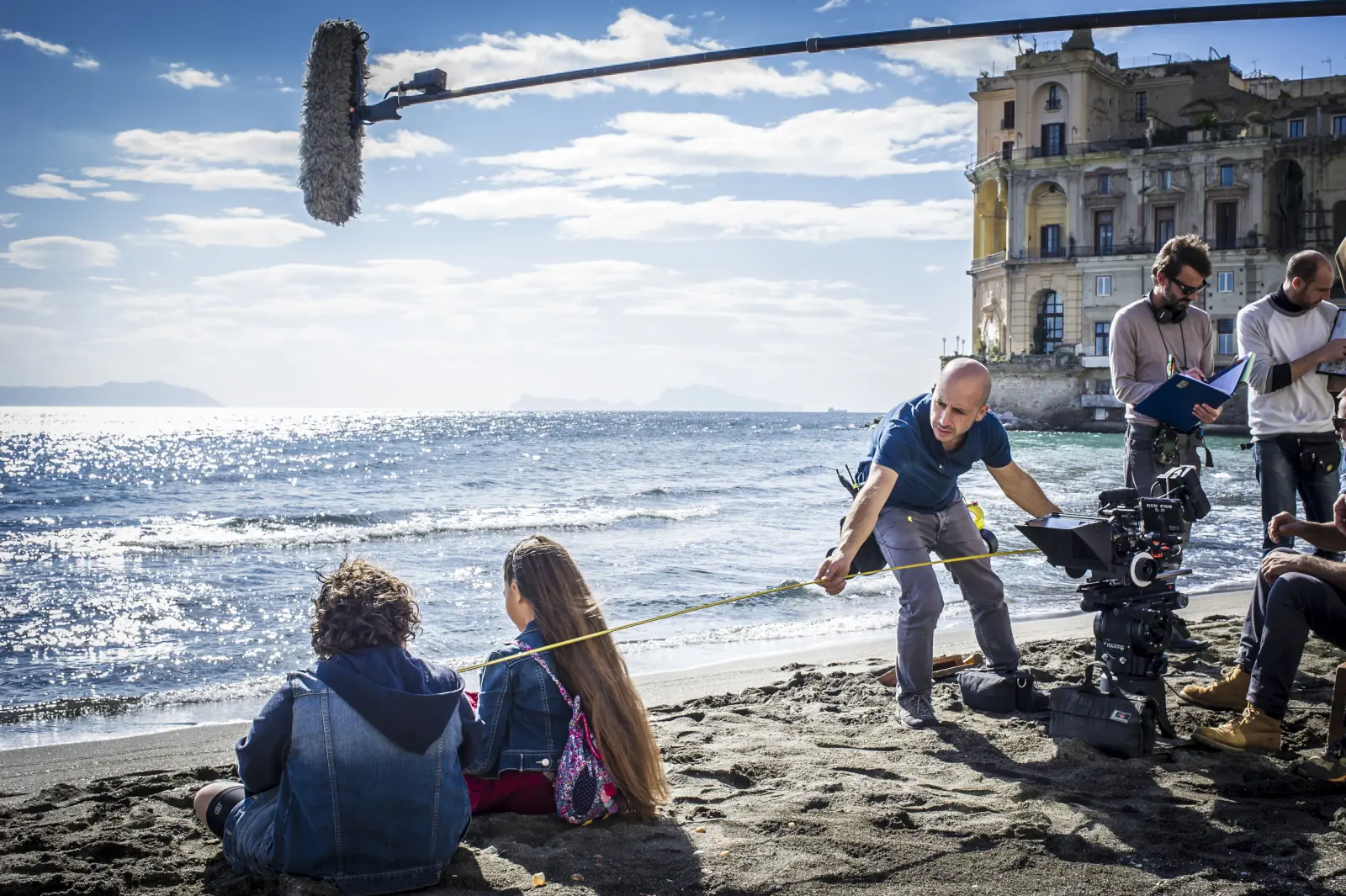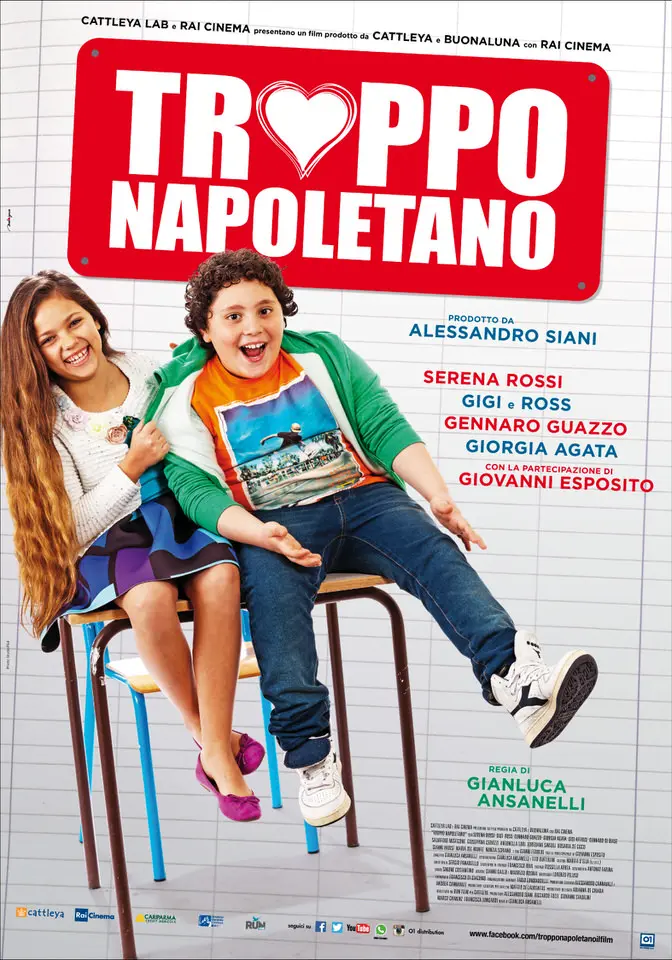

There’s Naples, and then there’s Naples Naples, and it all depends on the neighbourhood. And the people: indeed, there are Neapolitans and those who are ‘too Neapolitan’. These differences don’t always make it easy to socialise, and Ciro, whose neomelodic singer father died when he threw himself from the terrace of Villa Cilento during a concert, is ill-at-ease with his school mates from well-to-do Naples. But there are exceptions, like Ludovica Mancini, his beautiful desk companion, and Tommaso, the somewhat awkward psychologist who his mother might like.
There is one thing that Ciro is very well-versed in: his city, and he has an opportunity to demonstrate his knowledge when he is assigned the task of describing, together with Ludovica, the neighbourhood of Stella, one of the oldest in Naples. He takes her to San Gregorio Armeno and then the Church of Santa Maria delle Anime del Purgatorio ad Arco in Via dei Tribunali and its hypogeum, many of the nooks and crannies of which contain human remains dating back to the Plague and cholera outbreaks, the so-called ‘poor little souls’ (‘anime pezzentelle’). Pausing at the skull of Donna Lucia, Ciro tells Ludovica that Lucia, promised in marriage to a man she perhaps didn’t love, died before the marriage could be consummated, and her niche has since become a place of worship for women wanting to get married.
The tour impresses Ludovica, who in turn invites Ciro to go out with her: they meet, along with their respective parents, on the Lungomare Nazario Sauro. The evening, which transpires in the villa of Ludovica’s father, ends badly and the young girl is forbidden from seeing Ciro again. When he accuses her of caring more about her father’s car than him, she disappears and it is Ciro who tracks her down in her favourite place: Bagno Elena in Posillipo.
There’s Naples, and then there’s Naples Naples, and it all depends on the neighbourhood. And the people: indeed, there are Neapolitans and those who are ‘too Neapolitan’. These differences don’t always make it easy to socialise, and Ciro, whose neomelodic singer father died when he threw himself from the terrace of Villa Cilento during a concert, is ill-at-ease with his school mates from well-to-do Naples. But there are exceptions, like Ludovica Mancini, his beautiful desk companion, and Tommaso, the somewhat awkward psychologist who his mother might like.
There is one thing that Ciro is very well-versed in: his city, and he has an opportunity to demonstrate his knowledge when he is assigned the task of describing, together with Ludovica, the neighbourhood of Stella, one of the oldest in Naples. He takes her to San Gregorio Armeno and then the Church of Santa Maria delle Anime del Purgatorio ad Arco in Via dei Tribunali and its hypogeum, many of the nooks and crannies of which contain human remains dating back to the Plague and cholera outbreaks, the so-called ‘poor little souls’ (‘anime pezzentelle’). Pausing at the skull of Donna Lucia, Ciro tells Ludovica that Lucia, promised in marriage to a man she perhaps didn’t love, died before the marriage could be consummated, and her niche has since become a place of worship for women wanting to get married.
The tour impresses Ludovica, who in turn invites Ciro to go out with her: they meet, along with their respective parents, on the Lungomare Nazario Sauro. The evening, which transpires in the villa of Ludovica’s father, ends badly and the young girl is forbidden from seeing Ciro again. When he accuses her of caring more about her father’s car than him, she disappears and it is Ciro who tracks her down in her favourite place: Bagno Elena in Posillipo.

Ciro, the son of a neomelodic singer who died when he threw himself off the stage, seems to have problems socialising. His apprehensive mother takes the advice of his teachers and books him in with a psychologist.